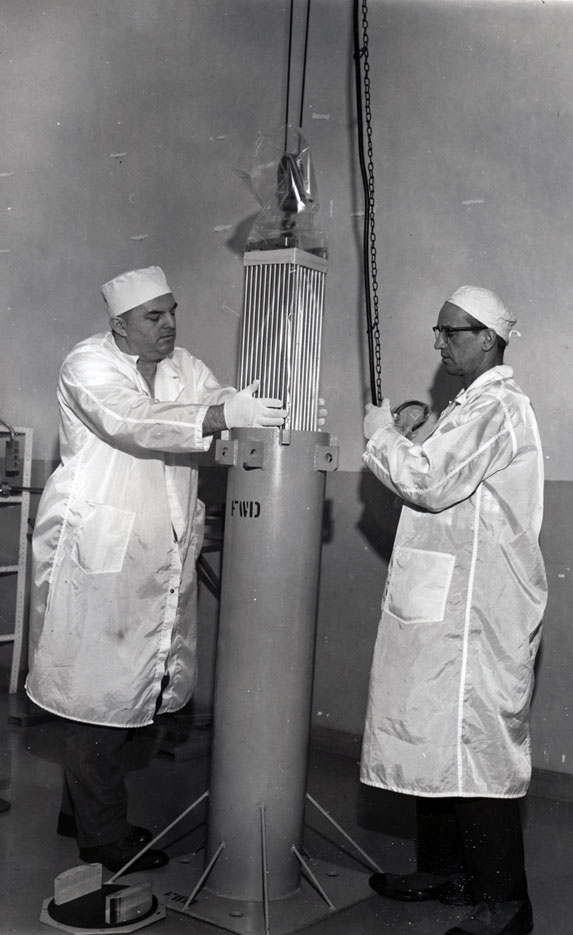|

|
Exhibit
Established in 1954, the Army Nuclear Power Program (ANPP) was a joint effort between the U.S. Army Corps of Engineers and the Atomic Energy Commission to develop nuclear power plants for military use. The Corps of Engineers’ goal was to develop small, rugged, and transportable nuclear plants that could provide both heat and electricity at remote military installations. In 1957 the ANPP developed its first prototype nuclear reactor at Ft. Belvoir, Virginia, and over the next two decades it designed, built, and operated seven additional reactors in the United States and abroad.
Although the Army discontinued its nuclear power program in 1976, the ANPP made a lasting contribution to the development of nuclear power in the United States. The program was responsible for a number of important innovations in reactor design, containment and control structures, and nuclear health and safety programs. Moreover, the Army Nuclear Power Program was also responsible for training hundreds of nuclear reactor operators who later played key roles in the development of the national commercial nuclear power program.
The Office of History, Headquarters, U.S. Army Corps of Engineers developed this virtual exhibit to document the history of the Army Nuclear Power Program. It is a close representation of a physical display that was open to USACE personnel and official visitors on the 3rd floor of USACE Headquarters in Washington, D.C., until 2019. The photographs in this exhibit, except two where noted, are from the Office of History’s Image Collection and are in the public domain; all the objects and artifacts pictured are from the office’s Historical Collection. Original versions of these images are also available for viewing and downloading on USACE’s Digital Library.
Begin the virtual exhibit here.
|